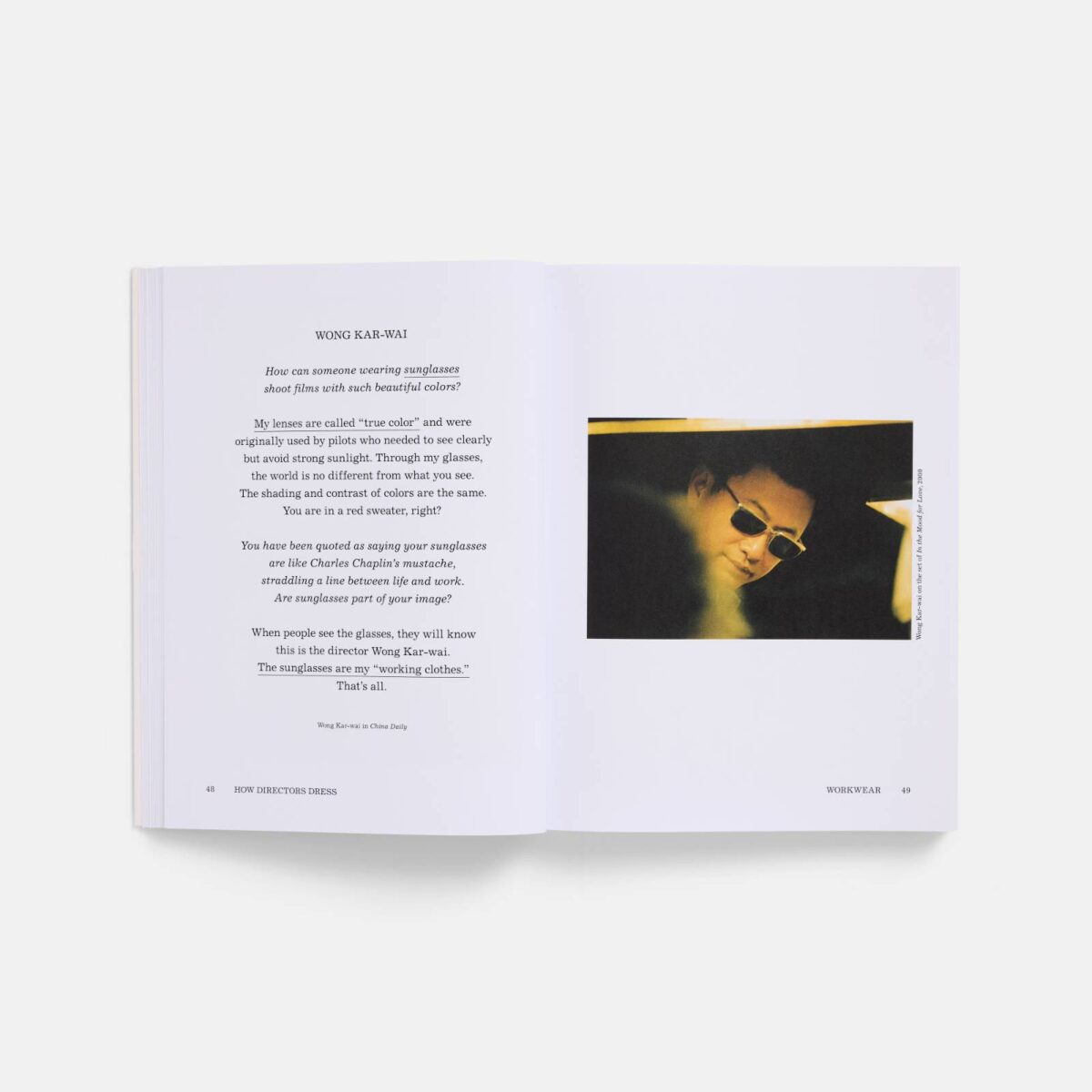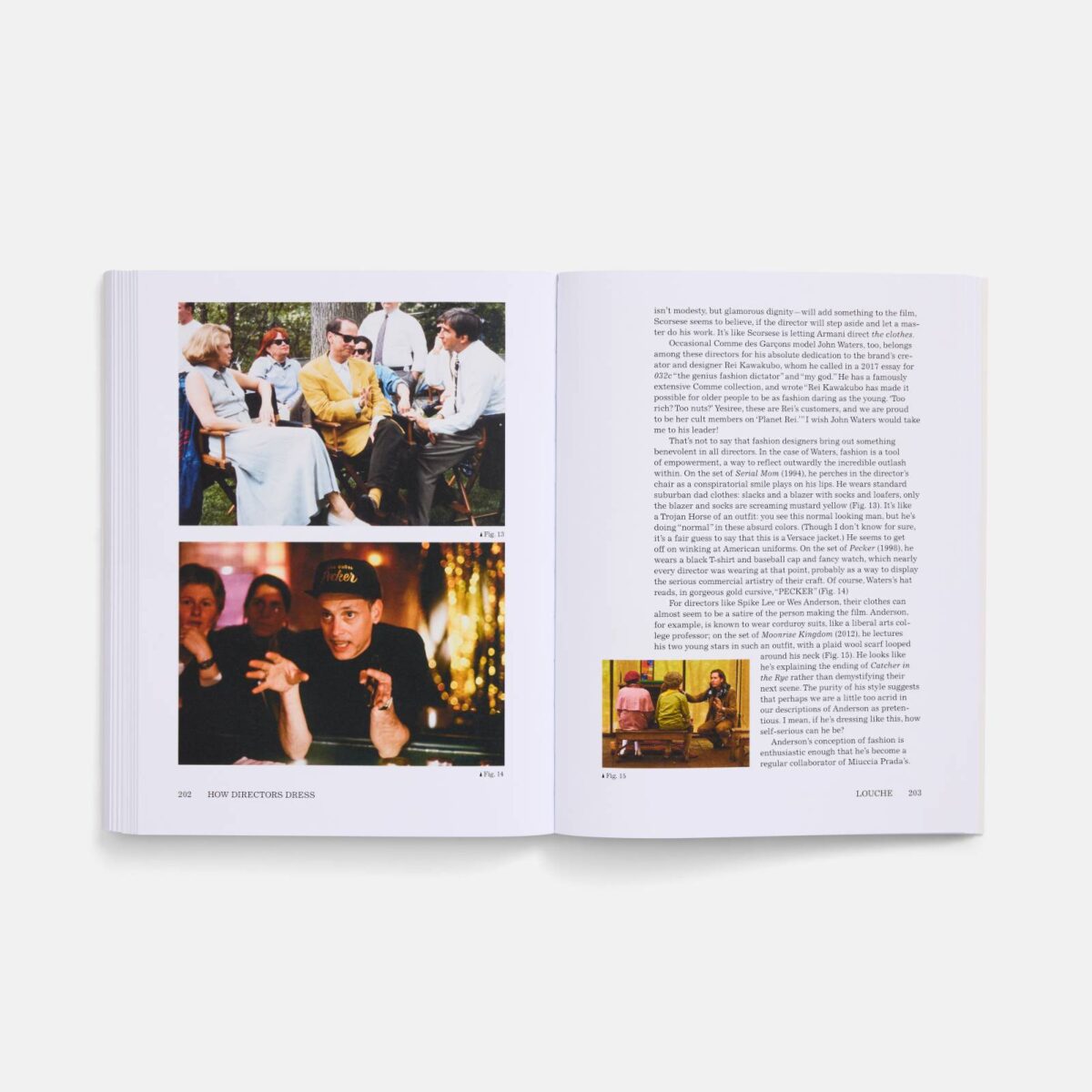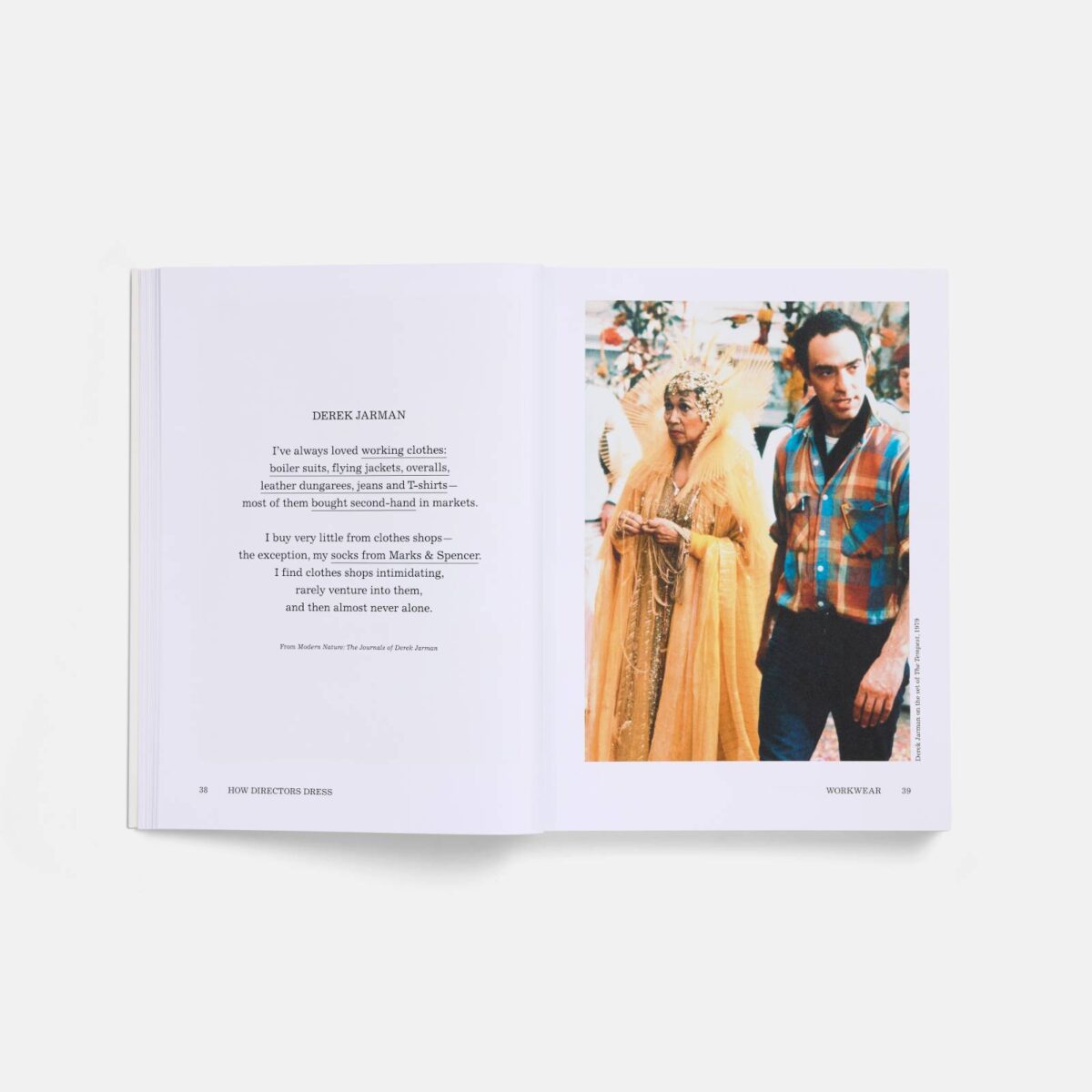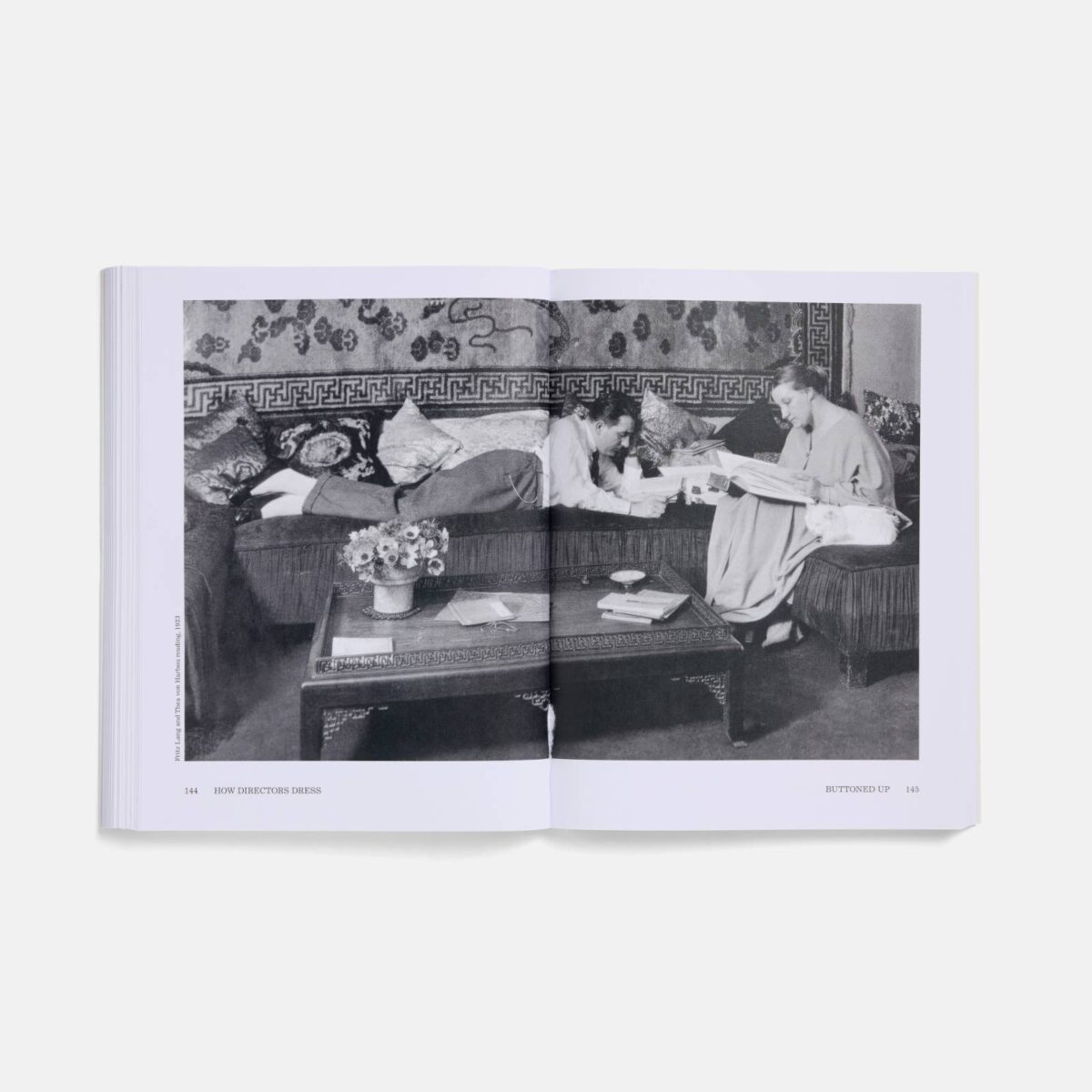Our latest look at new and recent books about (or connected to) cinema must start with a mention of Miss May Does Not Exist: The Life and Work of Elaine May, Hollywood’s Hidden Genius by Carrie Courogen (St. Martin’s Press). Check out my interview with Courogen here, and make sure to pick up the book, which is surely one of this year’s most important.
Read on for new releases chronicling the careers of Michael Mann and Albert Brooks, a unique photographic study of the Barbie press tour, and, to start, two lovingly crafted books from A24. And watch for another column later this summer featuring more books of note for film fans.
New from A24: How Directors Dress: On Set, in the Edit, and Down the Red Carpet and Pi: The Guerilla Diaries by Darren Aronofsky
Explore an exclusive look at How Directors Dress above.
A24 is having a banner 2024, having already released two of the year’s greatest films (I Saw the TV Glow, Love Lies Bleeding), along with a provocative hit (Civil War), and with eagerly anticipated releases on the way (MaXXXine, Sing Sing). The company continues to release first-rate books, as well. Its latest is the truly delightful How Directors Dress: On Set, in the Edit, and Down the Red Carpet, a photo-heavy text with a bold, clever focus: What do filmmakers wear, and what do these choices mean? Some of the selections are unsurprising (Spike Lee, Sofia Coppola, David Lynch), while some are delightfully unexpected. (Ron Howard in full Grinch makeup?). The accompanying text is often poignant, especially Shumon Basar’s take on Jean-Luc Godard: “Clothes, to JLG, are functional and forensic: they narrate ideas without words. Decade by decade, he predicted the times around him, often by portraying himself.” This is an extraordinary book, as is Pi: The Guerilla Diaries, Darren Aronofsky’s first-person, day-by-day account of raising the funds for, casting, directing, and finding a buyer for his first feature. It is a reminder of how audacious and uncompromising Pi was (and is), and of the strength of Aronofsky’s vision.
The Legend of Mad Max: The Complete Saga From Mad Max to Furiosa by Ian Nathan (Palazzo)

While Furiosa: A Mad Max Saga earned less than its predecessor, Mad Max: Fury Road, at the box office, it was as creatively satisfying as the film that preceded it. While Fury Road can safely be called the greatest action film of all time, director George Miller had it in him to make Furiosa even more epic, and succeeded in crafting a wholly original and widely engaging new Mad Max entry. (For me, it’s currently the finest film of 2024, and features a performance from Anya Taylor-Joy that actually surpasses Charlize Theron’s work in Fury Road.) Furiosa is now available for home viewing, so the timing is just right for the release of The Legend of Mad Max: The Complete Saga From Mad Max to Furiosa by Ian Nathan.
The author has written a detailed and entertaining study of the creation, production, and legacy of the Mad Max films. “It’s a saga inside and out: that of Max and Miller (and [late producer Byron] Kennedy) and the possibility of action cinema, hurling metal about for real, the poetry of motion and the poetry of arrested motion,” writes Nathan. The author documents the wild, death-defying making of the first film in the series; the more confident approach to The Road Warrior; the tragic mood that overtook Mad Max Beyond Thunderdome; the “Wasteland logic” driving every brave decision behind Fury Road; and the “back to basics” aesthetic of Furiosa. As Nathan puts it, “Miller was heading home. Back to futures past — not only Furiosa’s backstory, but Max’s, and his own.” The Legend of Mad Max is the history this series deserves, and joins Kyle Buchanan’s Blood, Sweat & Chrome: The Wild and True Story of Mad Max: Fury Road and Matt Brown’s The Cinema of Survival: Mad Max: Fury Road as an essential purchase for the Wasteland faithful.
Barbie: The World Tour by Margot Robbie and Andrew Mukamal, photographs by Craig McDean (Rizzoli)

Barbie: The World Tour has a simple, brilliant concept: it is a photo collection of the delectable looks developed by star Margot Robbie and her stylist Andrew Mukamal for the promotion of Greta Gerwig’s Barbie in 2023. This involved bringing to life some of the doll’s most famous and beloved outfits—and Robbie and Mukamal pulled it off. The resulting book is a genuine wonder. Yes, it helps when the central figure is the ever-resplendent Robbie; the actress-producer appears on nearly every page. But the book itself is an aesthetic dream, from the ingenious cover to the remarkably intricate designs therein. Barbie: The World Tour serves as a tribute to the work of Gerwig, Robbie, and Mukamal, and as a work of art on its own.
Michael Mann: A Contemporary Retrospective by Jean-Baptiste Thoret (White Lion Publishing)
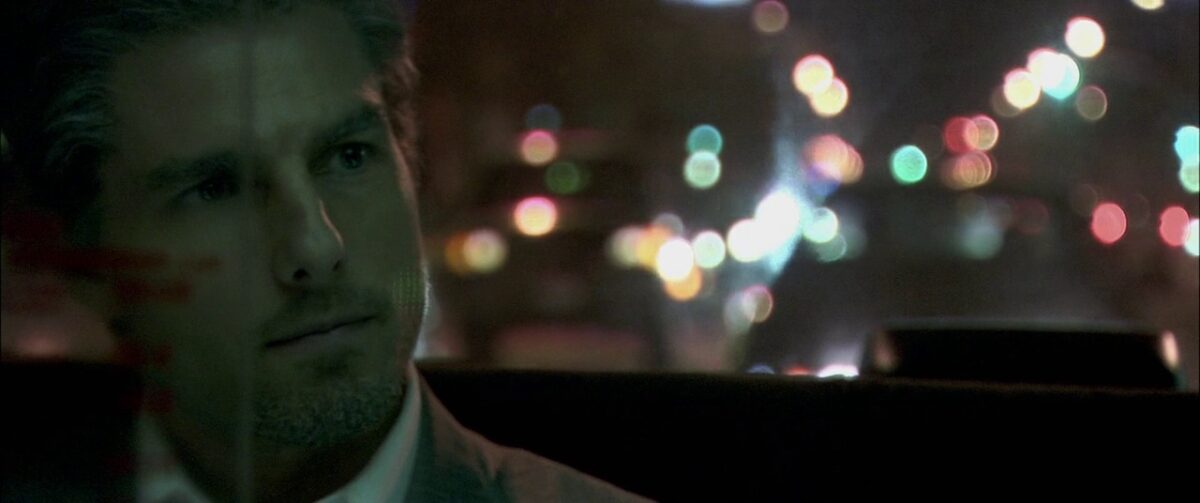
Arriving roughly a year after the release of the book The Films of Michael Mann by Deryck Swan (covered here) and just a few months after the release of Mann’s Ferrari, critic Thoret’s study is thoughtful and highly illuminating. Throughout A Contemporary Retrospective, the author unravels the answers to a series of key questions: “How did a filmmaker of the New Hollywood generation manage to find his feet in a decade, the 1980s, which was in a certain way its negation? What is the meaning of his obsession with the crime world, and these professionals living on the edge, ready to sacrifice themselves when going about their work?” These are just two of the questions covered here, but both get to the heart of the bold, obsessive director of Heat, Collateral, The Insider, and Miami Vice.
The Last Decade of Cinema: 25 Films From the Nineties by Scott Ryan (Fayetteville Mafia Press)
In The Last Decade of Cinema, the author of the 2023 triumph Lost Highway: The Fist of Love (covered here) traces the finest and most challenging films of the 1990s. Ryan covers the majors—Malcolm X, Clueless, Terminator 2: Judgement Day, Pulp Fiction—but also a number of smaller-scale entries, such as The Ice Storm, Citizen Ruth, To Die For, and Two Girls and a Guy. “Films in the nineties were just that: film,” he writes. “They were shot on glorious 35mm, and more importantly, they were SCREENED in 35mm.” Ryan identifies the decade as one of risky, character-driven cinema, and the 25 films he covers in The Last Decade drive home his theory. “My hope is that you revisit these stories and then join in the conversation with me about how well written and directed these stories were.”
Baseball: The Movie by Noah Gittell (Triumph Books)
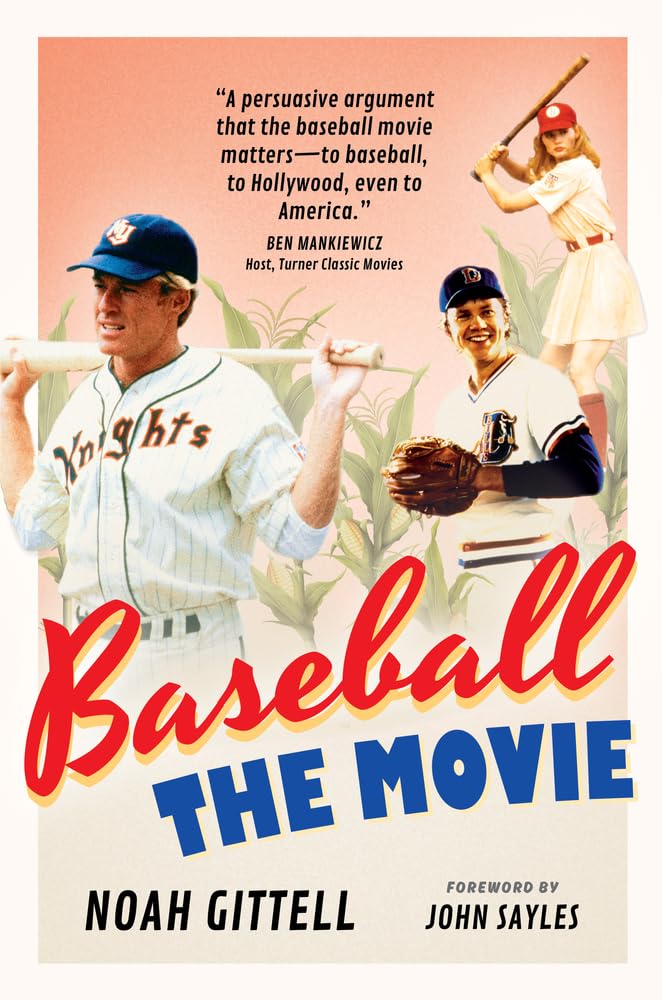
There is no question that baseball is a remarkably cinematic sport, and in Baseball: The Movie, author Noah Gittell explains why this is so. He also analyzes what baseball and cinema have in common: “Any institution that’s around for a century and a quarter will have to reinvent itself a few times to remain relevant,” he writes. “That’s the story of cinema and baseball. They’re not dying. They’re just in flux, as they always have been.” This is the most complete book about baseball on the big screen ever written, and also includes a) the most in-depth analysis of 1989’s Major League to date and b) my favorite chapter title (and chapter topic) of 2024: “Is The Naked Gun a Baseball Movie? An Investigation.”
Albert Brooks: Interviews (Conversations with Filmmakers Series) by Alexander Greenhough (University Press of Mississippi)
The legendary Albert Brooks is a timely choice for the always dependable Conversations with Filmmakers Series; the book arrives a few months after Rob Reiner’s fine documentary, Albert Brooks: Defending My Life. Interviews opens with a 1979 Village Voice story, just prior to the release of Real Life, and it’s a somber start. (A non-interview excerpt: “So whatever happened to Albert Brooks? Three years ago it looked like he was going to make it big.”) It ends in 2018, with a career overview full of gems. “What do you think is the job of a director?” asks Alexander Greenhough. “Running the cruise ship,” Brooks responds. That is a perfect Albert Brooks response, and the book is bursting with these.
Quick hits:
You won’t find a more fascinating backstory this month than that of The Magic Eye: The Cinema of Stanley Kubrick (Sticking Place Books) by Neil Hornick. Written in 1969, the analysis of the director of 2001: A Space Odyssey was kept out of print by Kubrick himself. Fifty years later, Hornick’s book is finally available. The perspective of the time is captivating, and so is the story told in the foreword and appendix.
Kubrick is mentioned often by the director of Whiplash, La La Land, First Man, and Babylon in Playing Among the Stars: Conversations with Damien Chazelle (Sticking Place Books). Nathan Réra’s questions for Chazelle are smart and the discussions engaging, especially when Babylon is the focus. Chazelle offers a spirited defense of the controversial film, outlining his source material and contemplating its legacy. “From a financial standpoint, it didn’t do well in America,” Chazelle says. “At the same time, this underperformance is inexorably the fate of many year-end films, except for adaptations and franchises. The reality is clear: very few ‘adult’ films succeeded commercially in the United States in 2022.”
A Shared Cinema: Michel Ciment Conversations with N.T. Binh (Sticking Place Books) offers the critic and author the chance to dive into his work and his opinions on everyone from Kubrick and Boorman to Campion and Angelopoulos. Similarly, Mavericks: Interviews with the World’s Iconoclast Filmmakers (The University Press of Kentucky) by Gerald Peary features chats with a wide-ranging list of greats, including Bertolucci, Ashby, Kurosawa, Wiseman, and Jarmusch.

Another legend, Harry Dean Stanton, is the very-deserving subject of Harry Dean Stanton: Hollywood’s Zen Rebel (University Press of Kentucky) by Joseph Atkins. It is a vibrant look at a complex, mysterious man. The sections looking at Stanton’s work in films like Paris, Texas and Repo Man are of interest, but even better are the personal details. My favorite: Harry travels home to Kentucky, finds a popular club, and sits in with the house band for a week. Word gets out and soon, his cousin shares, “[t]he place was standing room only.”
A Murder in Hollywood: The Untold Story of Tinseltown’s Most Shocking Crime (Sourcebooks) by Casey Sherman is a gripping look at one of Hollywood’s darkest moments, the murder of Lana Turner’s boyfriend, mobster Johnny Stompanato, by Turner’s teenage daughter. Another so-wild-that-it-must-be-true story involves the ruby slippers worn by Judy Garland in 1939’s The Wizard of Oz. The iconic shoes are the subject of Under the Rainbow (WordCrafts Press) by Jeff Keene II. The tale involves thievery from the Judy Garland Museum in Minnesota, a sting operation, and, well, you need to read the rest. Outside of the world of cinema, the latest historical text from Devil in the White City author Erik Larson, The Demon of Unrest (Crown), is a grim and suspenseful account of the official start of the Civil War—the battle at Fort Sumter.
Zack Snyder’s recent sci-fi extravaganzas, Rebel Moon — Part One: A Child of Fire and Rebel Moon – Part Two: The Scargiver, have had less cultural impact than Netflix may have anticipated. However, they played well to the Snyder faithful, and those fans may want to pick up Peter Aperlo’s companion books. Rebel Moon: Wolf: Ex Nihilo: Cosmology & Technology and Rebel Moon: Wurm: Ex Materia: Heroes & Monsters (Titan Books), feature concept art, storyboards, costume designs, and interviews.
Sleepaway Camp by BJ and Harmony Colangelo (DieDie Books) is an insightful study of the singularly strange, extremely unsettling 1983 slasher film of the same name. And Ian Fleming: The Complete Man by Nicholas Shakespeare (Harper) adroitly tackles the mysterious life of the creator of James Bond.
Finally, Pride Month may have passed but there is no bad time to read Hollywood Pride: A Celebration of LGBTQ+ Representation and Perseverance in Film by Alonso Duralde (Running Press). The talented critic Duralde runs through noteworthy films, legendary figures, and key moments in LGBTQ cinema. “This is a story that’s never ‘over,’” Duralde writes, “but as we continue to face new challenges, it’s always important to remember the people and events in history that got us to the place we are now.”
New to Blu-ray and 4K:
The members of the Talking Heads being in the same room together in 2023 and 2024—and in good spirits, no less—is a testament to the magnificence of Stop Making Sense. And now, thanks to A24, Jonathan Demme’s concert masterpiece looks and sounds the best it ever has, and is available to own. The special features are a blast, especially the hypnotic David Byrne rehearsal footage.
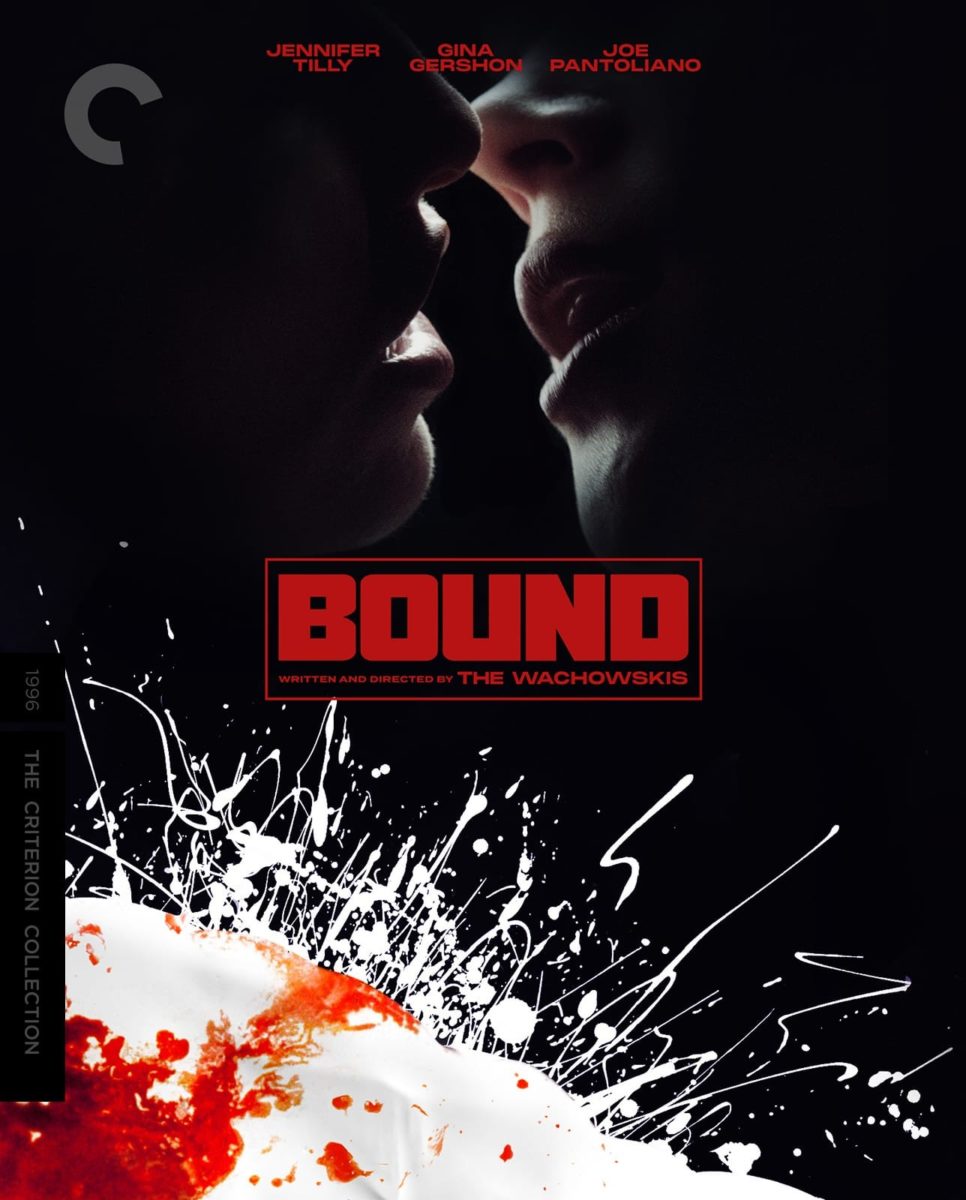
Also hypnotic— nd sumptuous, unsettling, and mesmerizing —is Peter Weir’s Picnic at Hanging Rock, now out in glorious 4K from Criterion. The introduction by author David Thomson, whose books are frequently covered in this column, is a must-watch. Also new from Criterion is Lana and Lilly Wachowski’s Bound, the ultra-sexy, blood-soaked noir dynamo starring a never-better Gina Gershon and Jennifer Tilly. This one is new to Criterion, and one of the highlights is the accompanying essay by scholar McKenzie Wark. Two Criterion favorites now available in 4K are David Lynch’s Blue Velvet and Michael Powell’s Peeping Tom. Highlights include more than 50 minutes of deleted scenes for the former and a fine essay by Beware the Women author Megan Abbott for the latter.
Powell’s longtime friend Martin Scorsese’s The Departed can finally be watched on 4K thanks to Warner Home Entertainment, and arrives with nine deleted scenes. Warner also brings us Denis Villeneuve’s Dune: Part Two; this column has featured several books related to the film, and the feature-packed 4K release solidifies its status as one of 2024’s most engrossing films. You have not seen the Lady Fenring seduction of Feyd-Rautha until you’ve seen Léa Seydoux and Austin Butler in crisp 4K.
Lastly, recent Kino Lorber releases include Peter Bogdanovich’s commercially unsuccessful but hugely underrated Henry James adaptation, Daisy Miller (with commentary and intro from the late Bogdanovich); Orson Welles’ 1948 take on Macbeth (including both the 119-minute “roadshow” edition and the 85-minute re-release); and John Waters’ swoon-worthy, 1950s-set Cry-Baby (featuring deleted scenes, featurettes, and a Waters commentary). All three qualify as masterpieces. Imagine how lucky we’d be if a film like Cry-Baby was released in summer 2024?

